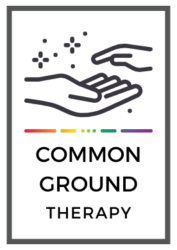Do you find yourself dreading your day to the point that you find it hard to get up in the morning? Most people at some point in their lives will experience burnout. In fact, given that we have all been in some form of lockdown due to the pandemic for over a year, we all are probably experiencing some degree of it now.
Here are a few other signs of burnout:
- You have poor boundaries with other people or work life balance
- You take on too much responsibility for things that are not yours to take.
- You find that your overall worldview has become more negative
- You are feeling more anxious than usual about responsibilities.
- You don’t care for yourself or take breaks even when you can.


© An even smaller heading.
What can you do about ? The first thing you can do is interrupt the cycle. Take care of yourself starting with your body. Take time to rest and do the things that help to restore your sense of well-being. That means that you may need to set boundaries between your life and work or with people in your life who may be draining your energy. Seek out positive influences in your life, whether it be people who are supportive, positive media, nature or enjoying the arts. You can limit your exposure to negative media. Give yourself time to recover.
Once you have recovered, take time to re-examine how you can take more time for yourself. This doesn’t have to take a lot of time. Mainly you probably need to creat structure in your day. You can start by taking better care of your body’s basic needs more regularly. That means eating well, staying hydrated, getting enough rest and exercise, taking stretch or wellness checks throughout the day.
How about your emotional wellness? Do you feel you have enough social support? You may also wish to take stock of your boundaries. Are you overworking? Do you find that people in your life value your efforts? If not, ask for what you need, even if that means time away.
By Yan Lin Tso, LCSW
Burnout is a physiological issue that has to do with having sustained stress that you have been unable to fully recover from. As you begin to recognize the signs of burnout it is important that you seek mental wellness resources to help guide you in the process of recovery.
If you find that you frequently experience burnout, you may need to speak with a therapist who can support you as you make the changes in your life you need to prevent it.






